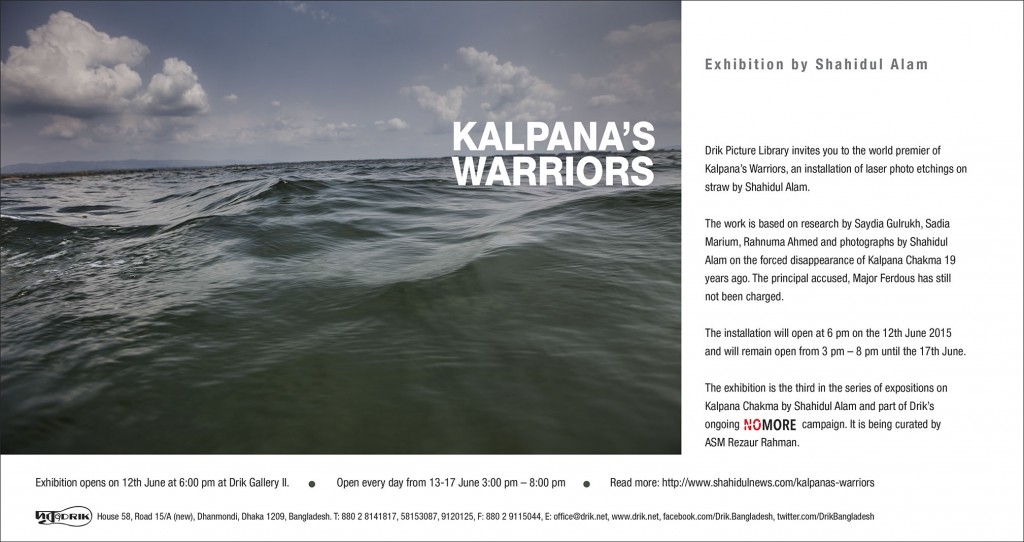The rains are late this year, but I’m not complaining. The monsoons is my favourite season. Tagore’s lyrics rendered beautifully by Jayati Chakraborty. Get a big screen,. Good speakers. Sit back and enjoy.
Category: environment
RESISTING RAMPAL
‘Go back NTPC, get out India’
rahnuma ahmed
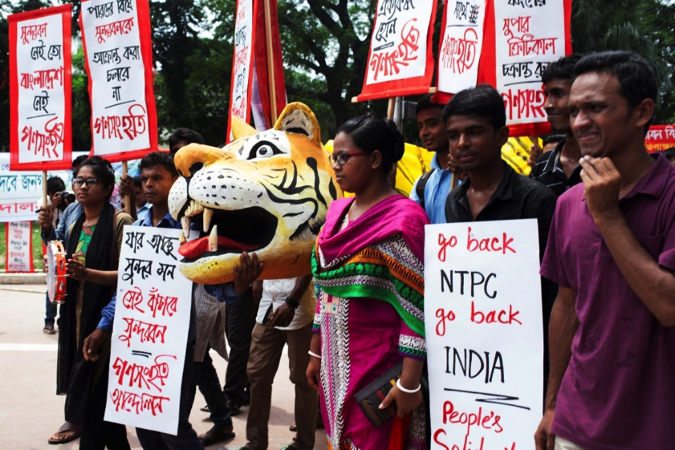
Of all the slogans raised in protest against the coal power plant being built at Rampal in Bagerhat, this one’s the best. Continue reading “RESISTING RAMPAL”
Save Sunderbans: Global Protest 7th Jan 17
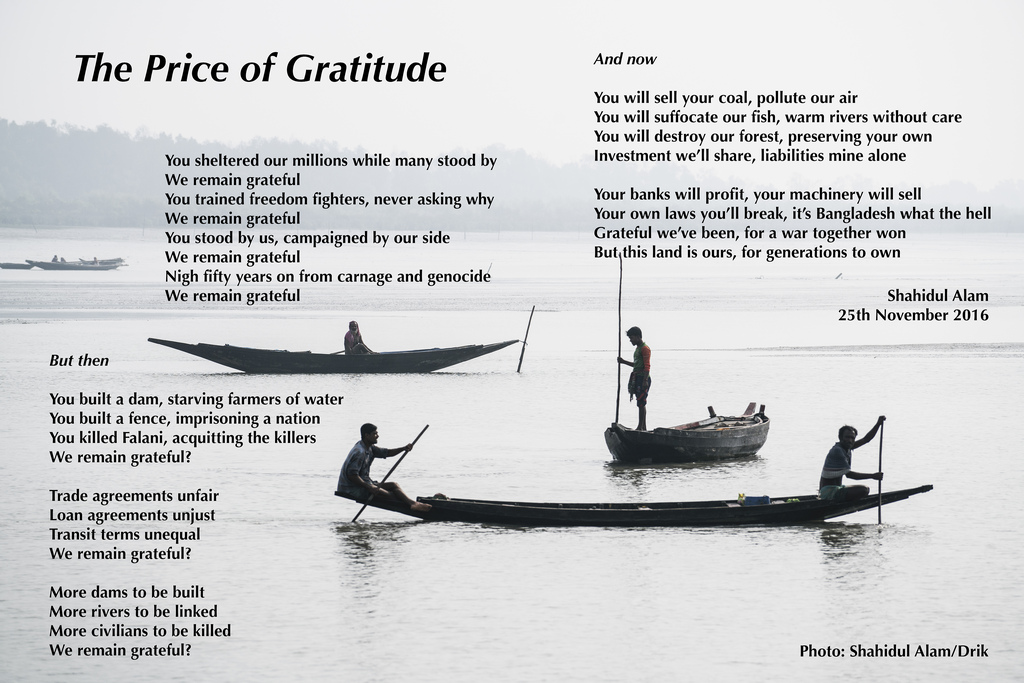
It is where the Bengal Tiger, now close to extinction, still stalks. It is where deer roam and hummingbirds fly. It is the richest terrestrial and aquatic ecosystem anywhere. Sunderbans (?beautiful forest? in Bangla), the world?s largest single tract mangrove forest is a UNESCO-declared World Heritage that has sheltered 50 million coastal people from ravaging storms. The beautiful forest is in danger. The joint project of PDB (Bangladesh) and NTPC (India) for 1320 MW Rampal imported coal-fired power plant spells disaster for Bangladesh. Thousands have taken to the streets in protest, braving arrest and torture, but the government, who have already killed protesters of other energy projects are determined to bludgeon through. We need you and we need you now.
On the 7th January 2017, we have called for a global protest. You have a role to play. Join the movement.
Stage demonstrations/human chains and send written appeals to the embassies of Bangladesh and India.
Organise bicycle rallies, boat rallies, use theatre, songs, cartoons, masks or just hold up placards. Send us your protest/solidarity video messages and photographs.
Appeal to United Nations.
Campaign to International Press/Media
Find other creative ways to resist.
Send them to: shahidul@drik.net and kallol_mustafa@yahoo.com. Share this message and make it go viral.
Forest of Tides: The Sundarbans
Written by Louis Werner Photographed by Shahidul Alam / DRIK
Split not quite in half by the border between India to the west and Bangladesh to the east, crowning the Bay of Bengal, the world?s most complex river delta works like South Asia?s showerhead?one the size of Lebanon or Connecticut. Fed by Himalayan snowmelt and monsoon runoff, carrying a billion tons a year of Asian landmass suspended as sediment, the three great flows of the Ganges, the Brahmaputra and the Meghna rivers all end in one vast estuarial tangle, one of Earth?s great water filters, the mangrove forests of the Sundarbans. Continue reading “Forest of Tides: The Sundarbans”
As Drik as Possible
Introduction to the Drik 2016 calendar.
A behind the scenes glimpse at a remarkable media phenomenon:
The dot matrix Olivetti printer was noisy. The XT computer came without a hard drive: two floppy disks uploaded the operating system. When the electricity went (as it often did), we had to reload it. Our bathroom doubled as our darkroom. A clunky metal cabinet housed our prints, slides, negatives and files. Md. Anisur Rahman and Abu Naser Siddique were our printers; I was photographer, manager, copy editor and part-time janitor. Cheryle Yin-Lo, an Australian who had read about us in a western magazine, joined as our librarian. We offered and she happily accepted a local salary.
The Ruin of Indonesian Society
Indonesia: 50 Years After the Coup and the CIA Sponsored Terrorist Massacre. The Ruin of Indonesian Society

Last year, I stopped travelling to Indonesia. I simply did? I just could not bear being there, anymore. It was making me unwell. I felt psychologically and physically sick.
Indonesia has matured into perhaps the most corrupt country on Earth, and possibly into the most indoctrinated and compassionless place anywhere under the sun. Here, even the victims were not aware of their own conditions anymore. The victims felt shame, while the mass murderers were proudly bragging about all those horrendous killings and rapes they had committed. Genocidal cadres are all over the government. Continue reading “The Ruin of Indonesian Society”
Resilience and Reasons
Nepal Earthquake by Abir Abdullah
text by ?Photographer Syed Latif Hossain?
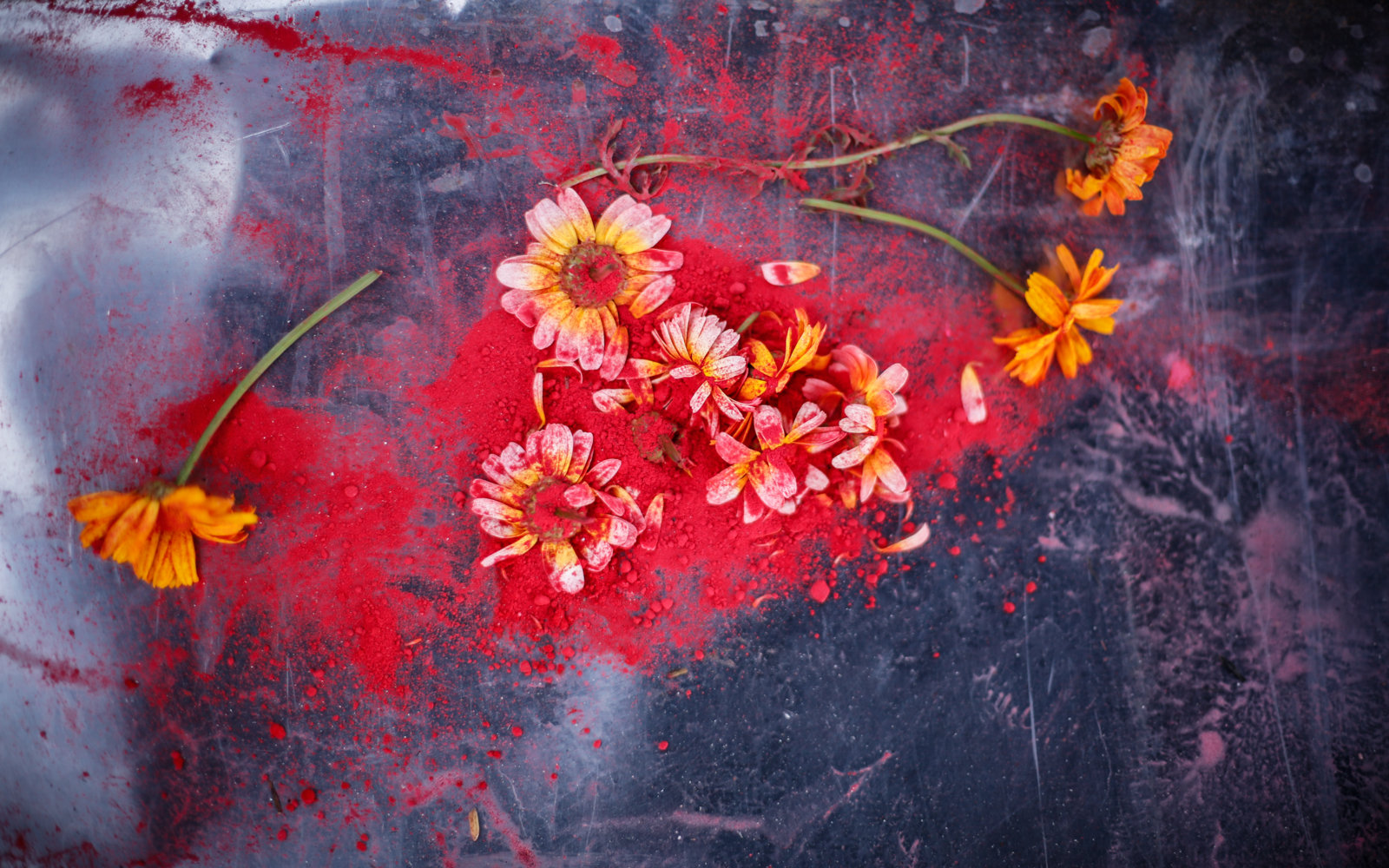
Our sub-continent is now emerging from a crucial experience of its history. This history narrates defining moments captured in epic tragedy, inflicted wounds that are slowly fortifying, and material and spiritual loss that would be embalmed in the hearts of generations. On a seemingly normal weekend day as people went about their business, the earth in Nepal shook up its natives to the point of unfamiliarity. An earthquake, that registered 7.8 on the Richter scale. It caused many people to flee and it rendered many others immobile; and it caused hearts to freeze as they witnessed their world crumbling around them. A sea of hearts, many which remained trapped in the sea of rubble, with their homes, their temples and their loved ones. Continue reading “Resilience and Reasons”
Footprint Modulation: art, climate and displacement
An exhibition by Metaceptive Projects + Media
5th June – 5th July 2015 across five venues in Durham, UK
Introductory description from the curator and artistic director, Kooj Chuhan
International artists, researchers, communities and local activists are combining forces using art to push climate change up the agenda in a ground-breaking exhibition titled Footprint Modulation. The exhibition focuses on the massive and increasing impact that climate change will have on humans by forcing us to abandon our homes and migrate. The renowned, award-winning Bangladeshi photographer Shahidul Alam presents work for the first time in the North East. Platform based in London use film and performance to highlight the corruption within global oil. A number of UK-based artists from diverse backgrounds provoke us to connect with human realities in other countries. The New York based architecture and digital art company Diller Scofidio + Renfro present a film commissioned by the Cartier Foundation to artistically re-interpret data about climate migration.
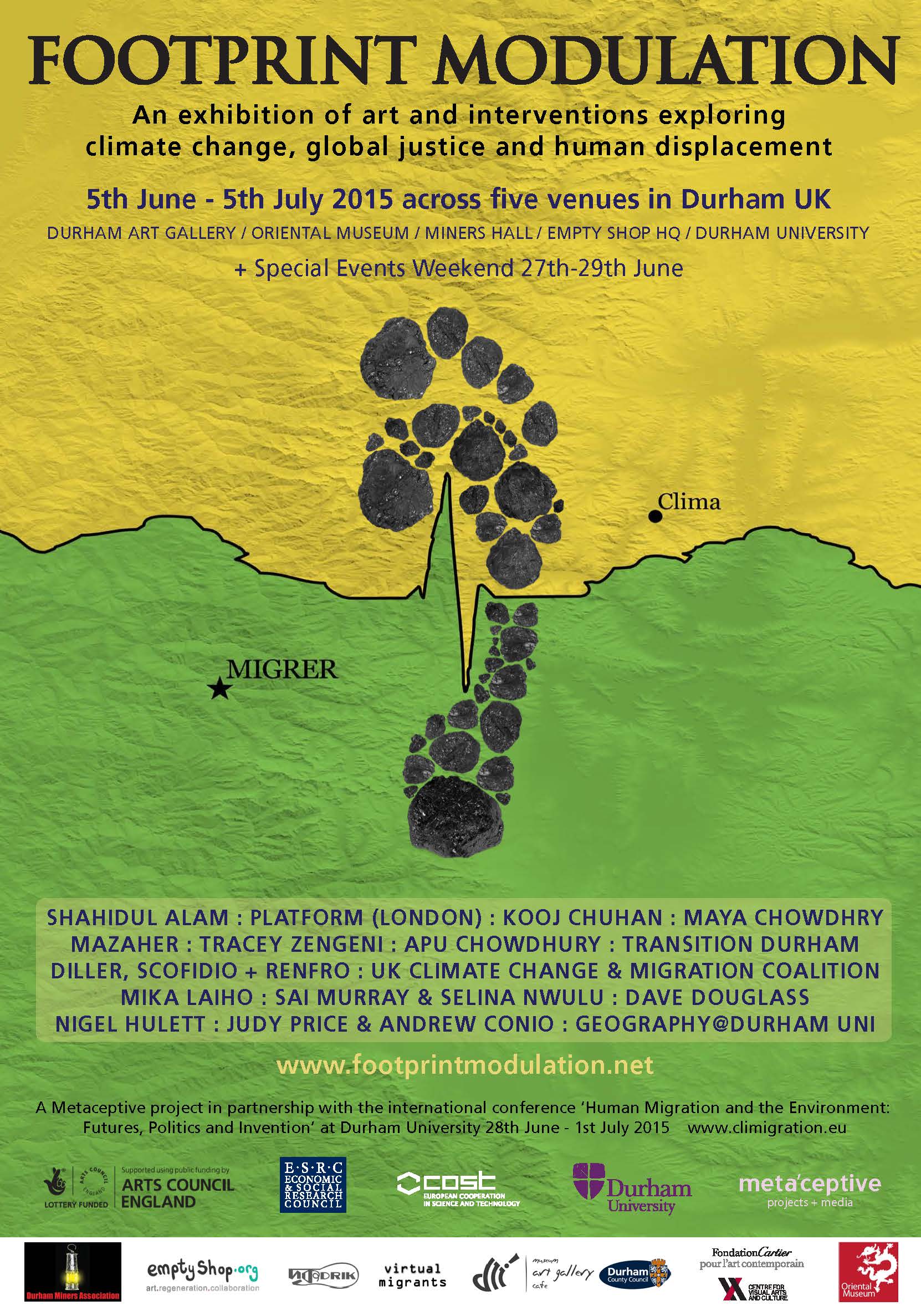 Continue reading “Footprint Modulation: art, climate and displacement”
Continue reading “Footprint Modulation: art, climate and displacement”
Kalpana's Warriors
Remarkable: Noam Chomsky
Absolutely stunning: Jess Worth. New Internationalist Magazine (Oxford)
They told me you were quiet. But I felt the rage in your silence. That when you spoke, they rose above themselves. But I felt their fear. That they held you amidst them. But I felt their loneliness. They pointed to the Koroi tree where you would all meet. The banyan tree under which you spoke. Ever so powerfully. They pointed to the mud floor, where you slept. I touched the mat that you had rested upon, and I knew I had found the vessel that must hold your image.
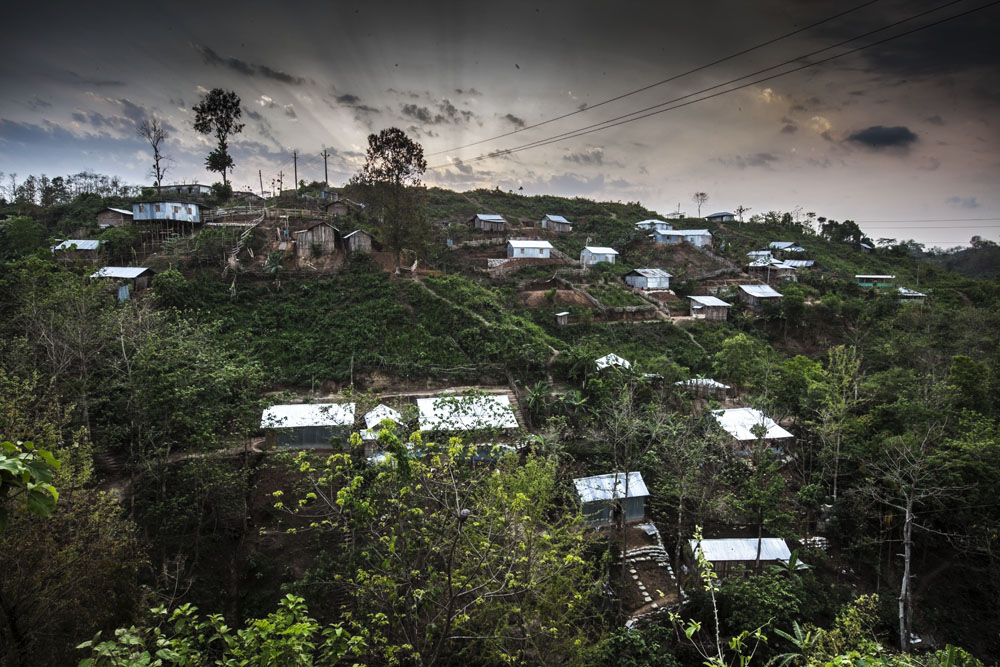
They had tried to erase you, your people, your memory. They had torched your homes and when coercion failed, when you remained defiant, they took you away, in the dead of night.
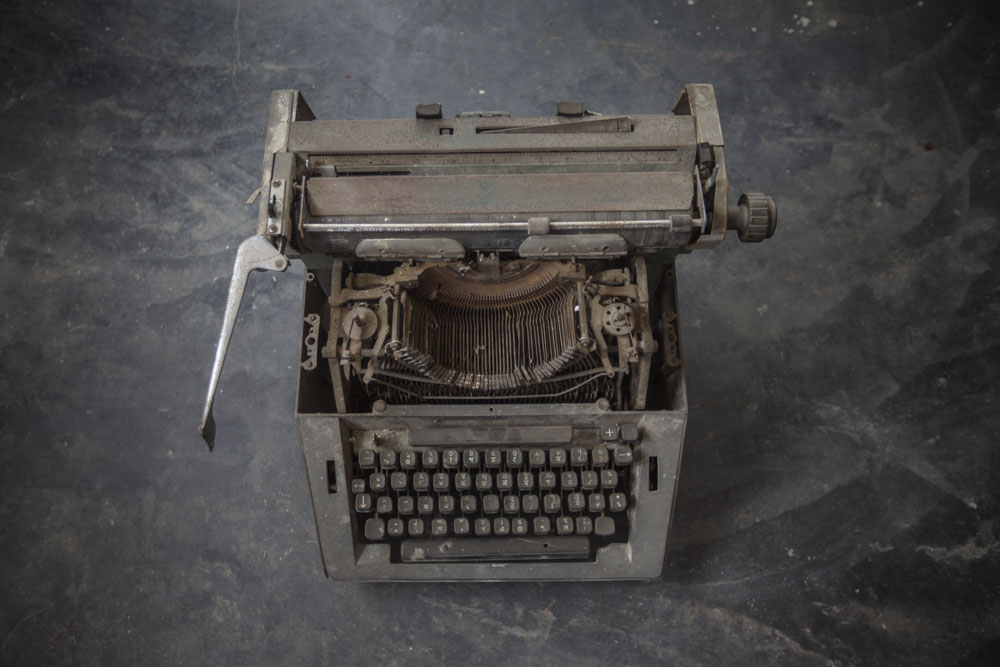
The leaves burned as the soldiers stood and watched. The same leaves they weave to make your mat. The same leaves I shall burn, to etch your image. Will the burning mat hold your pain? Will the charred leaves hold your anger? Will the image rising from the crisp ashen leaves reignite us? Will you return Kalpana?
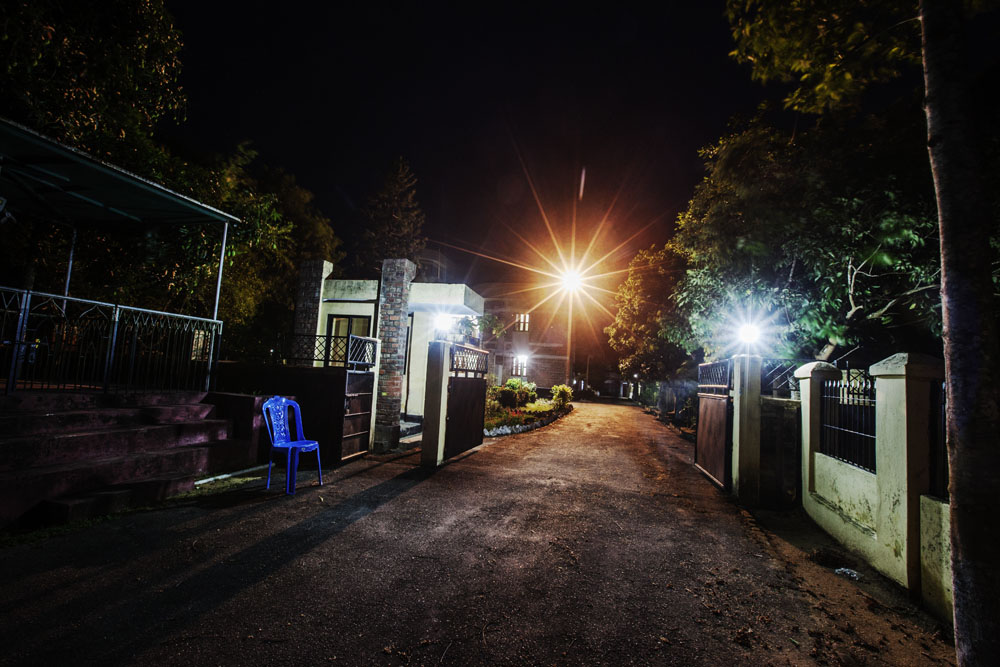
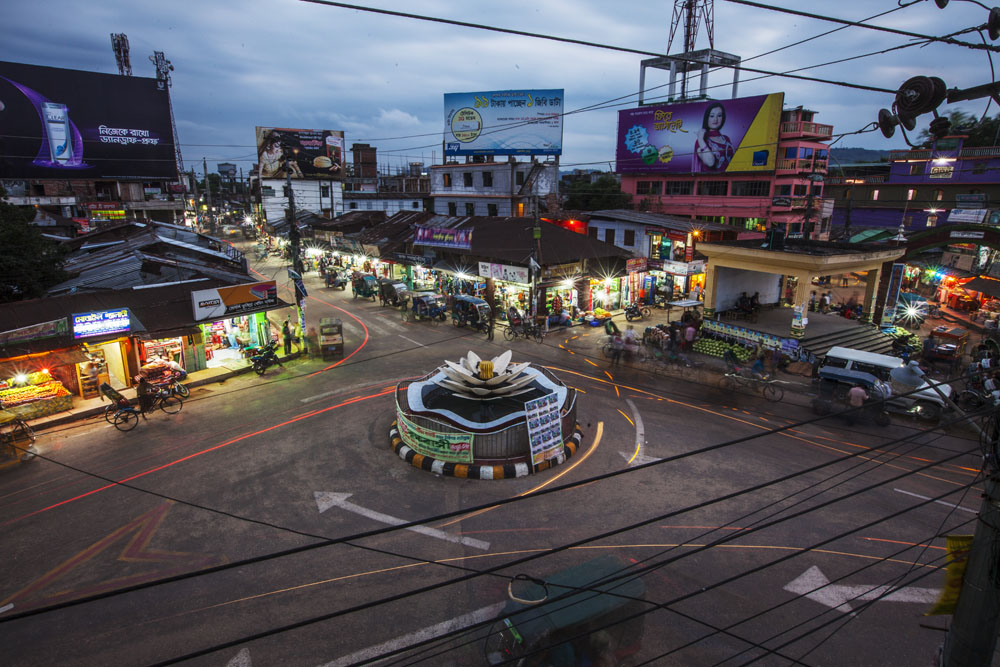
For nineteen years I have waited, my unseen sister. For nineteen years they have waited, your warriors. Pahari, Bangali, men, women, young old. Was it what you said? What you stood for? Was it because you could see beyond the land, and language, the shape of one?s eyes and see what it meant to be a citizen of a free nation? For pahari, bangali, bihari, man, woman, hijra, rich, poor, destitute, Hindu, Muslim, Christian, Buddhist, Atheist, Agnostic, Animist.
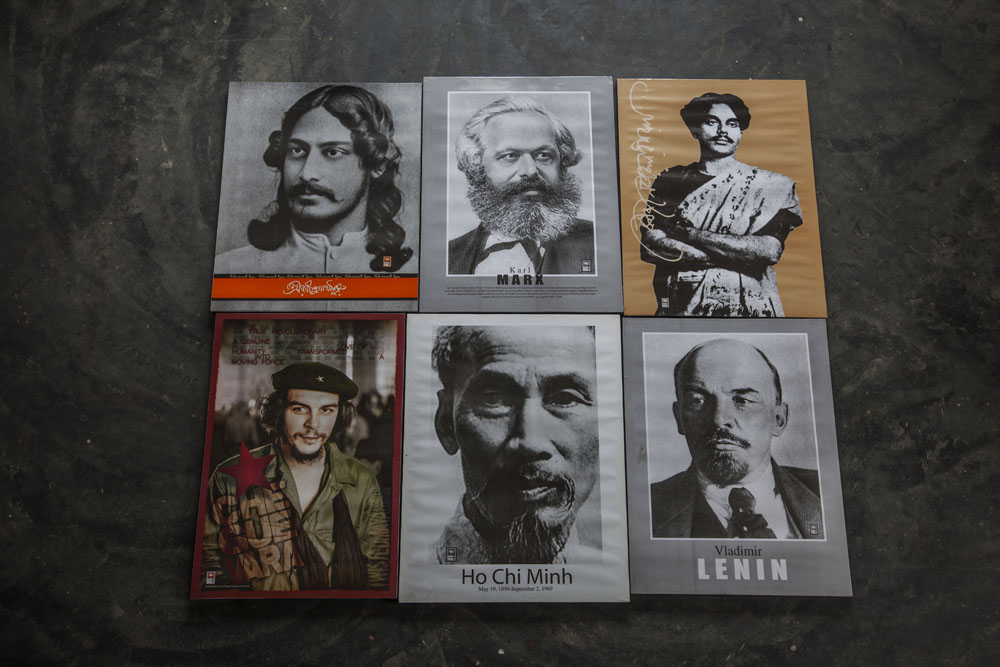
You had reminded us that a nation that fought oppression, could not rule by oppressing. That a people that fought for a language, could not triumph by suppressing another?s. That the martyrs who died, so we might be free, did not shed their blood, so we could become tyrants. That we who overcame the bullets and bayonets of soldiers, must never again be ruled through the barrel of a gun.
That Kalpana is what binds us. That is why Kalpana, you are not a pahari, or a woman or a chakma or a buddhist, but each one of us. For there can be no freedom that is built on the pain of the other. No friendship that relies on fear. No peace at the muzzle of a gun.
These Kalpana are your warriors. They have engaged in different ways, at different levels, sometimes with different beliefs. Some have stayed with you from the beginning. Others have drifted. They have not always shared political beliefs. But for you Kalpana, my unseen sister, they fight as one.
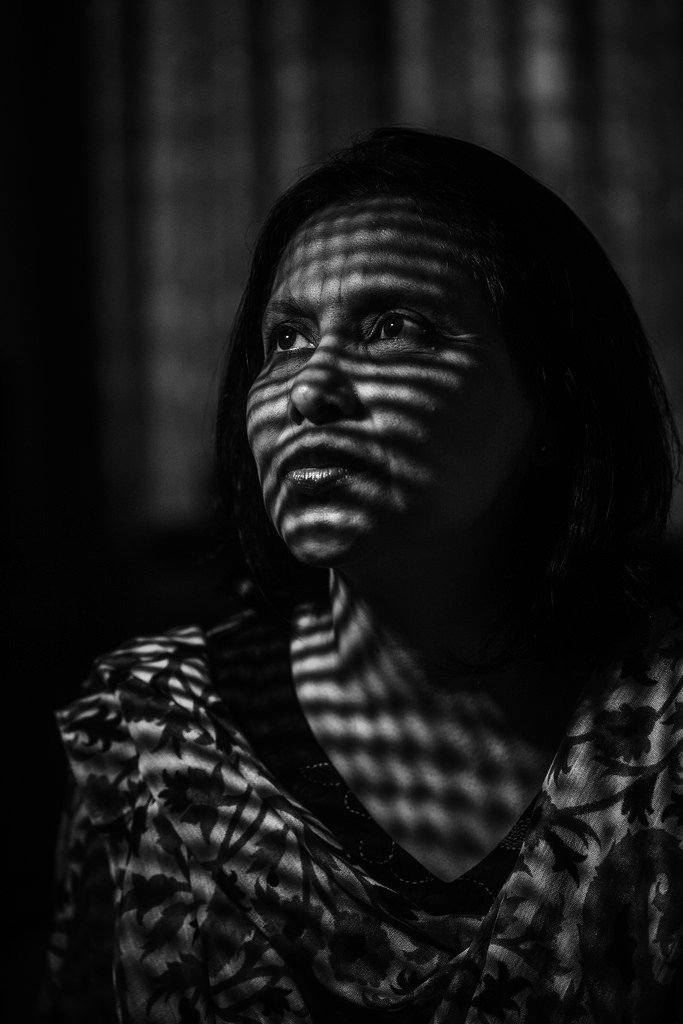
The Process
The process involved in creating these images are rooted to the everyday realities of the hill people, the paharis. Repeatedly, the interviewees talked of the bareness of Kalpana?s home. That there was no furniture, that Kalpana slept on the floor on a straw mat.
Sadia Marium making prints for my upcoming show on Kalpana Chakma #justiceforkalpana #eavig #CHT #military #bangladesh #rights #photography
A photo posted by Shahidul Alam (@shahidul001) on
Rather than print on conventional photographic media, we decided we would use material that was part of pahari daily lives. The straw mat became our canvas. The fire that had been used to raze pahari homes, also needed to be represented, so a laser beam was used to burn the straw, etching with flames, the images of rebellion.
It was the politics of this interaction that determined the physicality of the process. The laser beam consisted of a binary pulse. A binary present on our politics. In order to render the image, the image had to be converted in various ways. From RGB to Greyscale to Bitmap, from 16 bit to 8 bit to 1 bit. To keep detail in the skin tone despite the high contrast, the red channel needed to be enhanced. The Resolution and intensity and duration of the laser beam needed to be brought down to levels that resulted in the straw being selectively charred but not burnt to cinders.
A screen ruling that separated charred pixels while maintaining gradation had to be carefully selected. And then, working backwards, a lighting mechanism needed to be found that broke up the image into a discrete grid of light and dark tones, providing the contrast, the segmentation and the gradation, necessary to simulate the entire range of tones one expects in a fine print. This combination of lighting, digital rendering, printing technique and choice of medium, has led to the unique one off prints you see in this exhibition. A tribute to a unique woman that had walked among us.
Majority World exhibition in Rome: Justice in Focus
| IDLO Photo Exhibition in Rome Farnesina Porte Aperte 2015 22 – 29 May 2015 |
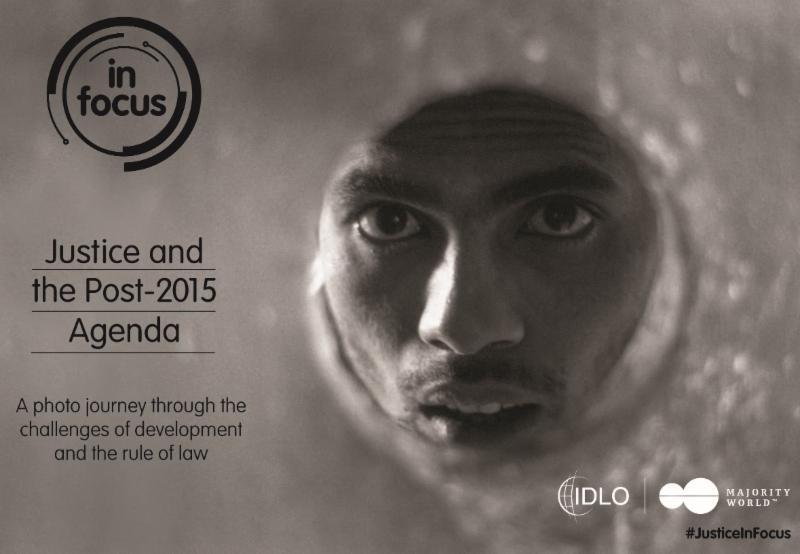
| IDLO’s photo exhibition “In Focus: Justice and the Post-2015 Agenda” will form part of this year’s initiative by the Italian Ministry of Foreign Affairs and International Cooperation to open its doors to the general public. From 22 until 29 May 2015, visitors will be able to participate in “Farnesina Porte Aperte” and view the exhibition during guided tours of the building. The Farnesina’s art collection is internationally recognized, and IDLO is proud to have been chosen to exhibit alongside this. |
The photographs were also featured by The Guardian.
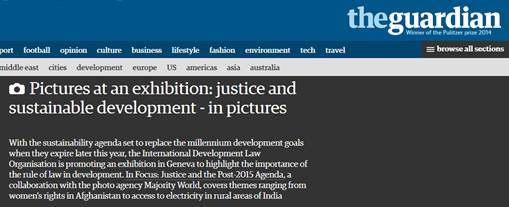
| Curated by IDLO and the photo agency Majority World, the exhibition focuses on the challenges of development and the rule of law. From gender equality and indigenous rights to energy poverty and land tenure, it presents the rule of law as lived experience. The pictures vividly explore the human side of the rule of law and its importance in everyday life. ?In Focus: Justice and the Post-2015 Agenda? illustrates these themes through 32 images – taken by photographers from Afghanistan, Bangladesh, Brazil, India and Kenya – ranging from the Amazonian settlement of Colniza, Brazil, where rule of law measures have reversed illegal logging and deforestation, to the energy-starved metropolis of Kibera, Africa?s largest slum. To sign up for a guided tour, please visit the Ministry of Foreign Affairs and International Cooperation?s Farnesina Porte Aperte website and choose the ?art route?, currently available from Monday 25 until Wednesday 27 May. Before traveling to Rome, the exhibition was shown at the Palais des Nations in Geneva, to coincide with the 28th session of the United Nations Human Rights Council. Over the coming months, it will be shown in Milan, New York, Washington and The Hague, and will return to Rome for an exclusive viewing in November. |
| For more information, please read this article in Italy’s Corriere della Sera,?visit theIDLO mini-site and watch video interviews?with the photographers. |

